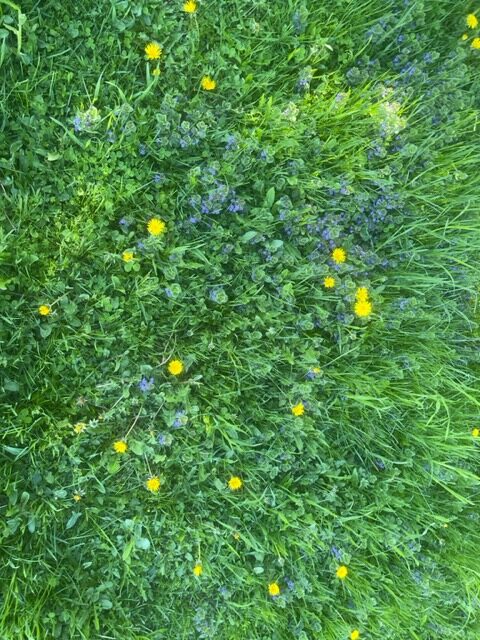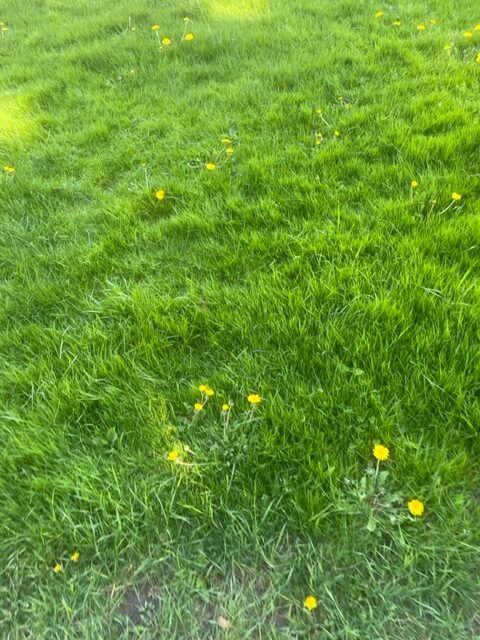Monday, April 24
Throughout my visits, the northern red oak tree in my Phenology spot has undergone significant changes. The most noticeable change is the transition from bare branches in the winter to growth of new leaves. Another change being the bark being smoother in the winter and slowly becoming rougher over this time.
As I’ve visited this site over time, I’ve become familiar with both the phenological and human-caused changes. In addition to the growth of new leaves in the spring, I’ve also observed the tree having no leaves in the winter and slowly gaining its canopy back over time. There have also been some minor landmarks that I’ve become familiar with, such as a few notable rocks that are often visited by squirrels.
The intertwining of nature and culture in this area is significant. The tree is located within a forested area that is home to many different species of plants and animals, each playing a unique role in the ecosystem. Additionally, the surrounding area is frequented by hammockers and outdoor enthusiasts, who often use the trees.
As someone who has visited this site multiple times, I do consider myself a part of this place. Each visit allows me to better understand the rhythms and changes of the natural world and to appreciate the beauty of the environment.

